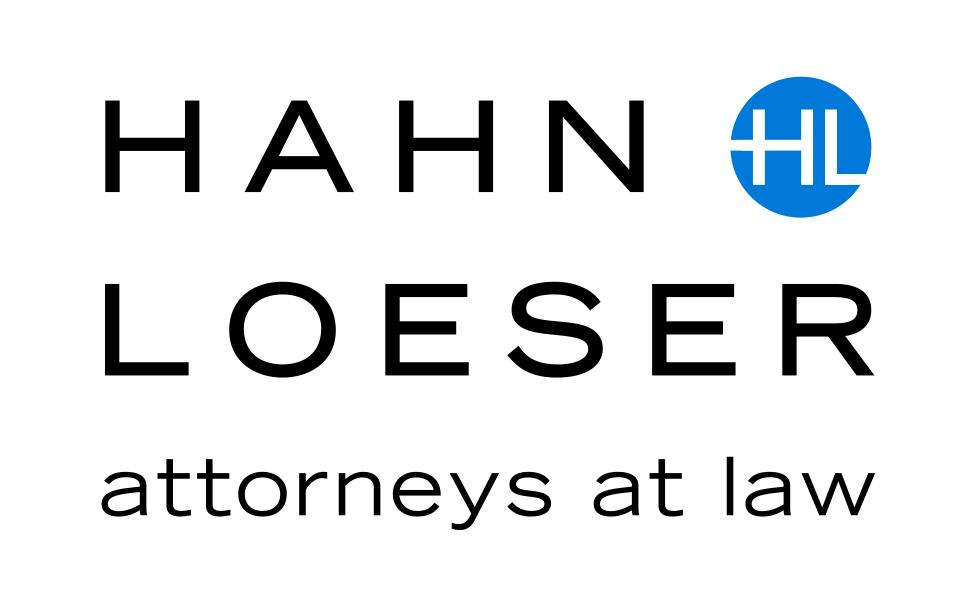On Feb. 1, 2019, the Occupational Safety and Health Review Commission (OSHRC) reversed an OSHA citation issued to Suncor Energy (U.S.A.) Inc., as the controlling employer, for a fall protection violation. In this ruling, the OSHRC found that as a controlling employer, Suncor was not liable for two main reasons. First, it had a robust safety program in place that not only met, but exceeded OSHA’s minimum standards. Second, it had a rigid enforcement program that removed employees from the worksite for a single violation of its fall protection safety procedures. This decision emphasizes that a controlling employer’s safety role is secondary. The OSHRC then concluded that, given the massive scope of the project, Suncor’s robust safety program, and its zealous enforcement efforts, there was insufficient evidence to support a citation.
Background
Suncor operates a refinery in Commerce City, Colorado and was engaged in a 30-day shutdown known as a “turnaround” to perform several capital projects, including the replacement of tubes in a heater. The heater is 14 feet in diameter on the outside and 12 feet in diameter on the inside. Replacement of the heater tubes involved several contractors and required the erection of a three-level scaffold. Suncor had a safety program that it developed specifically for this turnaround that included a Turnaround Fall Protection Plan (“TFPP”). The TFPP was enacted to make as many scaffolds as possible non-harness required by equipping them with guardrails – a secondary safety protocol above and beyond OSHA safety requirements. The TFPP also enacted a tie-off protocol.
When the scaffold was erected inside the heater, it had a full set of guardrails. At some point after the scaffold was erected, the guard rails on the third level were removed. Suncor’s safety program required a contractor to attach a yellow tag to any incomplete scaffold. There was a tag attached to the scaffold in the heater. One of Suncor’s subcontractors – Mistras Group – had two employees scheduled to inspect the welds, requiring them to enter the heater and climb to the third level of the scaffold where the guardrails were missing.
According to Suncor’s safety program, the two employees of Mistras sought and obtained a safe work permit and then performed a job safety analysis. They determined that the work they were performing did require fall protection and they entered the heater wearing harnesses but neither of them had a lanyard, yo-yo, or any other fall-restraining device. After approximately two-three hours of work, the Mistras employee working on the third level of the scaffold where the guardrail had been removed fell 25 feet, sustaining serious injuries.
The Citation
The citation that ultimately went to trial was for violating § 1926.451(g)(1), which states, “each employee on a scaffold more than 10 feet (3.1 m) above a lower level shall be protected from falling to that lower level.” Because Suncor “did not ensure that [Mistras’s] employees were protected from falling while working on a tubular welded system scaffold,” Suncor was cited as a controlling employer.
The ALJ Decision
Suncor did not contest that it was a controlling employer. Nor did it suggest that the “Secretary [of Labor] failed to meet his burden on three elements of his prima facie case—applicability of the cited standard, employee exposure to the hazardous condition, and noncompliance.” Instead, Suncor argued that it did not have constructive notice of the violative condition. The Administrative Law Judge disagreed and found that Suncor had failed to exercise reasonable care and did not make use of several opportunities to become aware of the condition, and thus, had constructive knowledge of its existence.
OSHRC Review
The OSHRC noted that in issuing the decision, the Judge erred in finding that the violative condition was the scaffold with missing guardrails. It was undisputed that the guardrails had been missing for at least two days. When the judge focused on that fact as the violative condition, he found that Suncor had constructive knowledge of its existence. The OSHRC, however, noted that the section at issue required either guardrails or fall protection. When it refocused the inquiry with that standard in mind, the analysis changed.
The OSHRC found that the violative condition existed for only a few hours – the time the Mistras workers were inside the heater. It also found that there was no practical way for Suncor to discover the violative condition because the work was in an enclosed space and a controlling employer has no duty to enter confined spaces to inspect for hazards. And, even if Suncor had entered the heater, the missing guardrails were only visible on the scaffold after you climbed to the third floor.
The OSHRC also noted that Suncor had a robust safety program in place. They lauded Suncor’s admittedly strict enforcement policy which has zero tolerance for violation of its TFPP. The OSHRC observed that on two previous occasions, Suncor had immediately dismissed workers who were not tied off.
Conclusion
This OSHRC decision makes it clear that controlling employers can limit their liability by enacting and enforcing a comprehensive safety plan.


